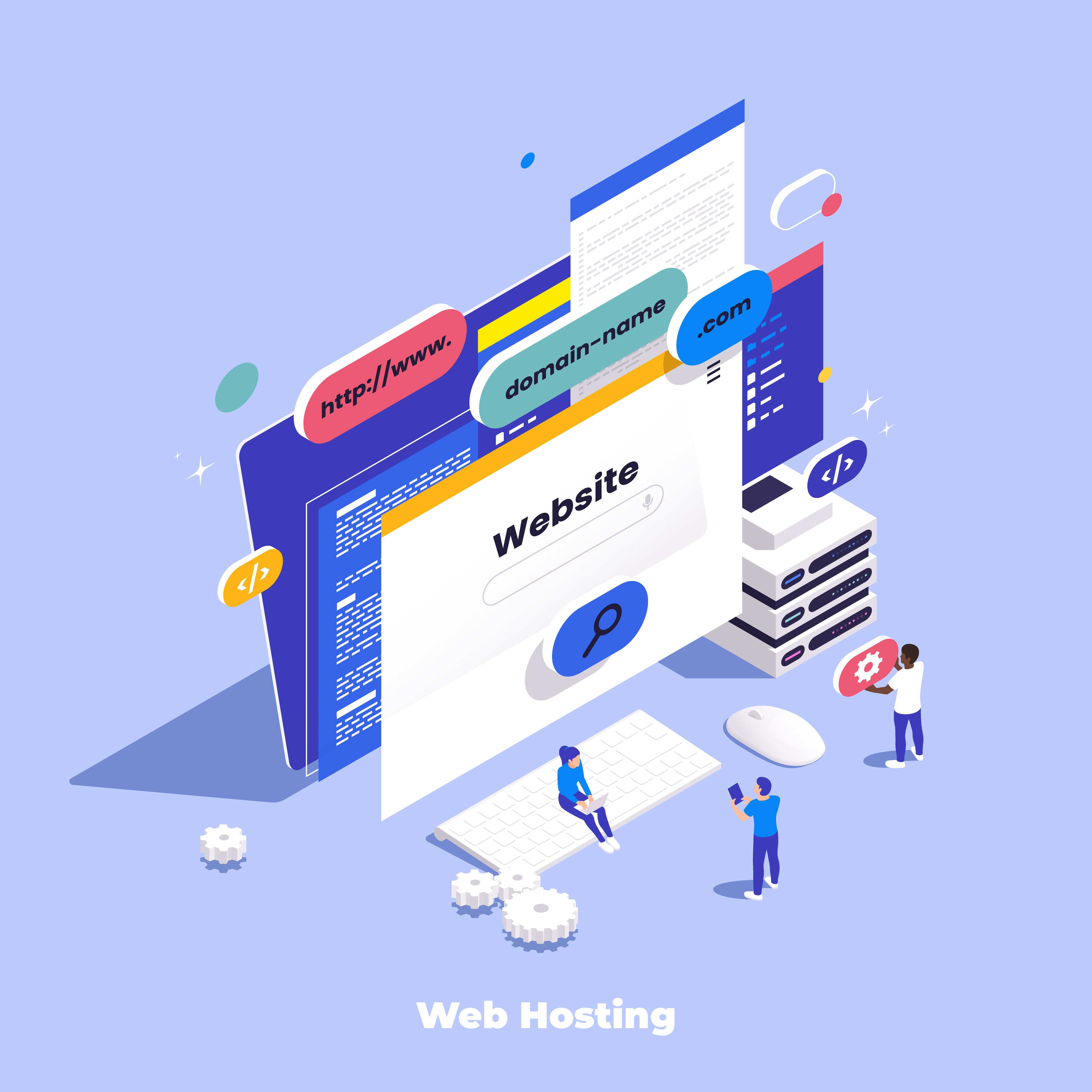What is a CDN and How Does It Impact Your Website?

When it comes to running a modern website, speed, scalability, and stability are no longer optional—they’re essential. One of the most effective tools for achieving these goals is a Content Delivery Network, or CDN. Whether you’re managing a blog, an e-commerce platform, or a global SaaS product, a CDN can significantly enhance your site’s performance and user experience.
In this article, we’ll break down what a CDN is, how it works, and the many ways it can benefit your website’s speed, reliability, SEO, and even security.

What is a CDN?
A Content Delivery Network (CDN) is a system of distributed servers located across various geographic locations that work together to deliver web content quickly and efficiently to users.
Rather than serving content from a single origin server (which may be located far from the end-user), a CDN caches your content on multiple servers—or edge nodes—around the world. When a user accesses your website, the CDN routes the request to the closest available server, reducing latency and improving load times.
Common Types of Content Delivered by CDNs:
-
HTML pages
-
Images and videos
-
Stylesheets (CSS)
-
JavaScript files
-
Software downloads
-
APIs and dynamic content (depending on setup)
How a CDN Works (In Simple Terms)
-
User requests your website (e.g., by typing in your domain)
-
DNS directs the user to the nearest CDN node
-
CDN serves cached content from that node
-
If the content isn't cached, the CDN fetches it from the origin server, caches it, and delivers it to the user
-
On subsequent requests, the CDN provides content from cache, improving speed and reducing server load
This entire process happens in milliseconds—and it’s largely invisible to the end-user.
Why Does a CDN Matter for Your Website?
1. Faster Load Times for Global Visitors
The further a user is from your server, the longer it takes for content to reach them. A CDN eliminates this distance by bringing your content closer to where your users are located. This means:
-
Faster load times
-
Better user experience
-
Higher engagement and conversion rates
2. Reduced Bandwidth Costs
By offloading traffic to edge servers, CDNs reduce the amount of data your origin server needs to handle. This minimizes bandwidth usage and lowers hosting costs, particularly for sites with high traffic or large media files.
3. Improved Website Uptime and Reliability
CDNs provide redundancy. If one server goes down, requests are rerouted to the next closest node. This makes your website more resilient to:
-
Traffic surges (e.g., viral content or promotions)
-
Hardware failures
-
Localized outages
4. Enhanced SEO Performance
Google prioritizes websites that offer fast, stable, and mobile-friendly experiences. Since page speed is a confirmed ranking factor, using a CDN can help your site:
-
Load faster on both desktop and mobile
-
Reduce bounce rates
-
Achieve better Core Web Vitals scores
These factors directly influence your visibility in search engine results pages (SERPs).
5. Better Scalability
Planning a product launch or expecting a traffic spike? CDNs can absorb massive loads by distributing requests across multiple servers. This means your site stays responsive even under pressure, without requiring expensive backend upgrades.
6. Stronger Website Security
Most CDNs offer built-in protection against:
-
DDoS (Distributed Denial of Service) attacks
-
Malicious bots and scrapers
-
Data breaches via SSL/TLS encryption
Some CDNs also include Web Application Firewalls (WAFs), which inspect traffic before it reaches your origin server.
When Do You Need a CDN?
You should consider using a CDN if:
-
Your audience is global or spread across multiple regions
-
Your website has a lot of static content (images, videos, scripts)
-
You're experiencing slow load times or high bounce rates
-
Your server is frequently overloaded or unreliable
-
You're launching campaigns that could result in traffic spikes
Even for smaller websites, CDNs offer measurable performance benefits and are increasingly easy to implement.
CDN Myths and Misconceptions
“CDNs are only for big websites”
Not true. Today’s CDNs are affordable and scalable. Even small business websites can see performance gains.
“A CDN replaces your web host”
No. A CDN complements your hosting environment. Your origin server still exists; the CDN just takes the load off it.
“CDNs only help with static files”
While that was once true, modern CDNs also optimize dynamic content using edge computing, real-time caching, and API acceleration.
Best Practices for Using a CDN
-
Choose the right provider based on your geographic audience and technical needs
-
Enable HTTPS to encrypt all CDN-served traffic
-
Set cache expiration policies that balance freshness with performance
-
Monitor analytics to understand traffic patterns and optimize your edge settings
-
Integrate CDN with your CMS or web platform for seamless deployment
Conclusion: CDNs Make the Web Faster, Safer, and Smarter
A Content Delivery Network is one of the most impactful ways to improve your website’s performance, stability, and search visibility. As digital experiences grow more demanding—and user expectations higher—a CDN helps ensure your site remains competitive and resilient.
Whether you're building a content-driven blog, a high-traffic e-commerce site, or a platform with international users, a CDN is no longer a luxury. It’s a strategic asset that enhances every aspect of your web infrastructure.


Subscribe to follow product news, latest in technology, solutions, and updates
Other articles for you



Let’s build digital products that are simply awesome !
We will get back to you within 24 hours!Go to contact us Please tell us your ideas.
Please tell us your ideas.







